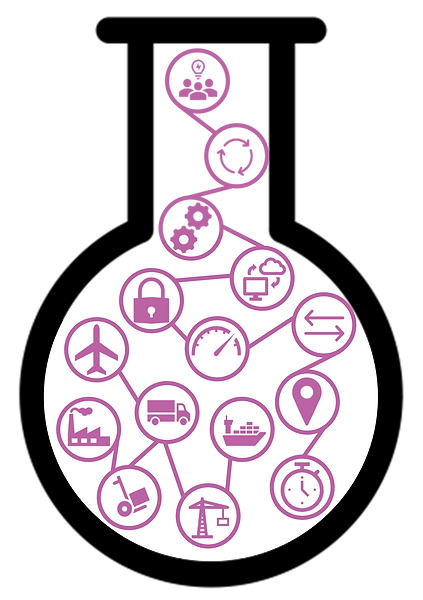Warehouses are known as one of the most hazardous work environments.
Workers are exposed to risks every day. The list of potential accidents is long; falls from dangerous heights and different severity of injuries caused by heavy machinery misuse are 2 of the most common examples.
Still, it is possible to take proper safety measures to ensure warehouse workers are clear of danger.
Check this basic list of safety measures.
1. Perform a professional inspection of the warehouse facility
Inspecting and identifying potentially dangerous, slippery, or elevated areas is a MUST!
Elevated storage, slippery surfaces, and open spaces require warehouse employees to be protected against falls.
Install barriers or guard rails to prevent falls from stairs, higher plants, and elevated storage areas.
Stairs, inclines, and other potentially slippery surfaces should be identified, and anti-slip tape can be installed as an additional safety measure.
2. Use Visual Tools, signs, and labels everywhere in the warehouse.
Employees can protect themselves better if they are aware of their surroundings.
Identify machinery, racks, crates, containers, aisles, and floors. Use labels to indicate the content in boxes, its temperature, destination, proper handling, and warnings if the material is hazardous.
Identify with signs all warehouse aisles, storage areas (by commodity, temperature setting, or processes), and permitted/restricted access areas.
Use visual tools to identify walking/driving areas on the floor. Also, the emergency exit direction can be visually represented on the floor.
Smoking / non-smoking areas should also be identified.
Warning signs are required when handling flammable and/or hazardous materials.
Use directional signs to identify fire exists and identify fire extinguishers' location in the property.
3. Use Personal Protective Equipment (PPE)
Warehouse employees must be protected from head to toe ALL THE TIME.
This means all workers should be safe from impact, chemical burns, physical lacerations, and other potential damages to their bodies.
Personal safety equipment (PPE) should include helmets, face shields, eyewear, ear protection, respiratory protection, gloves, vests, and kneepads.
Training and continuous use of ergonomics are critical for those responsible for operating heavy machinery or moving heavy loads. Workers must be trained in proper lifting to avoid damages to their backs.
Another consideration is to install floor mats with impact-absorbing features to reduce the strain on warehouse employees' knees, shins, and ankles.
4. Have a comprehensive and accessible First-Aid Kit
Because of the greater likelihood of workplace injuries in warehouses, it is recommended to have multiple kits, be easily accessible and portable.
Every worker should get familiarized with this kit, its content, and how to handle an emergency. Training on how to use this kit is an essential element to consider. Assigning specific team members to operate the equipment is also a good idea.
5. LockOut TagOut Systems
LockOut TagOut system and policies, also known as LOTO, are a standard for industrial working facilities.
These safe practices allow a machine to be disabled when needed to prevent unwanted access.
Many devices stop a machine from starting out of the established hours. Group lockout devices can block access to electrical equipment.
Below additional resources obtained from the U.S. Department of Labor's Occupational Safety and Health Administration (OSHA)
Before closing this post, 2 things to highlight:
#1, Make safety your priority in everything you do while working in the warehouse.
#2, Also, remember to perform safety preparation; which should be the 1st step in every job.
If you missed the 1st post of this series (Where should I keep my cargo?), check it out here.
In our next publication, we will address how warehouse regulations and taxes can help your company reduce expenses.
Thank you for reading ✌️!
--- --- --- --- --- --- --- --- --- --- --- --- --- --- --- --- --- --- --- --- --- --- --- --- --- --- --- --- --- --- --- --- --- --- --- --- ---
🔗 Remember to follow this blog on Instagram @MyLogisticsLab & our content #LogisticsAreEverywhere on Instagram and LinkedIn.
🎥 Discover us on YouTube, using # LogisticsAreEverywhere, and subscribe 🔔!
📌 Have a topic to suggest, questions, or comments? Feel free to contact me. Please send me an email with more details MyLogisticsLab@gmail.com or reach me via social media (Facebook | Instagram | LinkedIn | Twitter).










































Comments